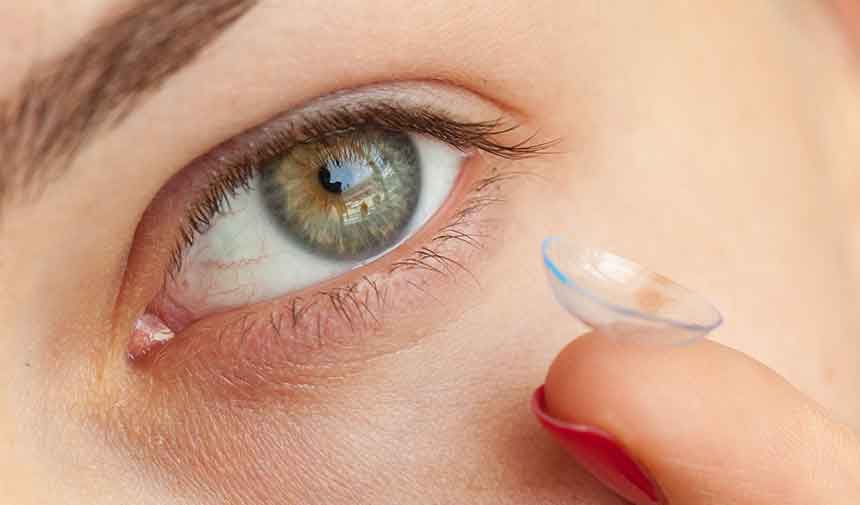Warning to Contact Lens Swimmers, Risk of Blindness and Precautions to Take
Contact lens wearers get better vision with these products, which offer comfort and practicality in their daily lives. However, swimming with contact lenses carries the risk of serious eye infections and even blindness. In this article, we will discuss the potential dangers of swimming with contact lenses, the risks you may face and the precautions you should take to protect your health.
Contact Lenses and Water: A Dangerous Combination
Contact lenses are thin and delicate devices designed to fit snugly in the eye. Water can cause bacteria, viruses and parasites to adhere to the surface of contact lenses. These microorganisms can transfer to the surface of the eye that comes into direct contact with the lens and can lead to serious infections.
Potential Hazards and Infections:
Acanthamoeba Keratitis:
Acanthamoeba is an amoeba found in fresh water, seawater, swimming pools and tap water. Swimming with contact lenses can transmit this amoeba into the eye and cause a serious eye infection called acanthamoeba keratitis. This infection can affect the cornea, causing severe pain, blurred vision and permanent vision loss.
Bacterial Infections:
Bacteria found in water sources can be transferred to the eye through contact lenses. Especially bacteria such as Pseudomonas aeruginosa can cause serious corneal infections. Such infections can progress rapidly and require urgent treatment.
Viral Infections:
Viruses found in water sources can also be transmitted to the eye through contact lenses. Viruses such as adenovirus can lead to eye infections such as conjunctivitis and keratitis.
Precautions to take when swimming with contact lenses:
Avoid Swimming with Contact Lenses:
The safest option is to avoid swimming with contact lenses altogether. If you wear contacts, it is best to remove them while swimming and store them in a protective container.
Wear Goggles:
If you need vision correction while swimming, you can use prescription swimming goggles. These goggles both correct your vision and protect your eyes from the water.
Waterproof Contact Lenses:
If you absolutely must swim with contact lenses, opt for water-resistant daily disposable lenses. You can reduce the risk of infection by discarding these lenses after swimming.
Remove Lenses Immediately:
Immediately after swimming with contact lenses, remove and disinfect them. Rinse your eyes thoroughly with clean water and wash your hands before putting your lenses back in.
Consult a Doctor:
If you experience any discomfort, redness, blurred vision or pain in your eyes during or after swimming, consult an ophthalmologist immediately. It is important to recognize signs of infection early and start treatment.
Extra Tips for Contact Lens Wearers:
Pay Attention to Hygiene Rules:
Wash your hands thoroughly before putting in or taking out your contact lenses. Keep lenses clean and disinfected and change lens containers regularly.
Avoid Water Contact:
Avoid water with contact lenses, even when showering, bathing or washing your face. Water can cause microorganisms to adhere to the surface of the lenses.
Follow Doctor’s Recommendations:
Wear your contact lenses for the time recommended by your doctor and follow the replacement schedule. Pay attention to the instructions for use and lens care.
Conclusion:
Swimming with contact lenses can put you at risk of serious eye infections and even permanent vision loss. The safest option is to avoid swimming in contact lenses altogether and opt for alternative methods of vision correction. If you absolutely must swim with contact lenses, opt for water-resistant daily lenses and strictly follow hygiene rules. To protect your eye health, consult an ophthalmologist immediately in case of any discomfort.



